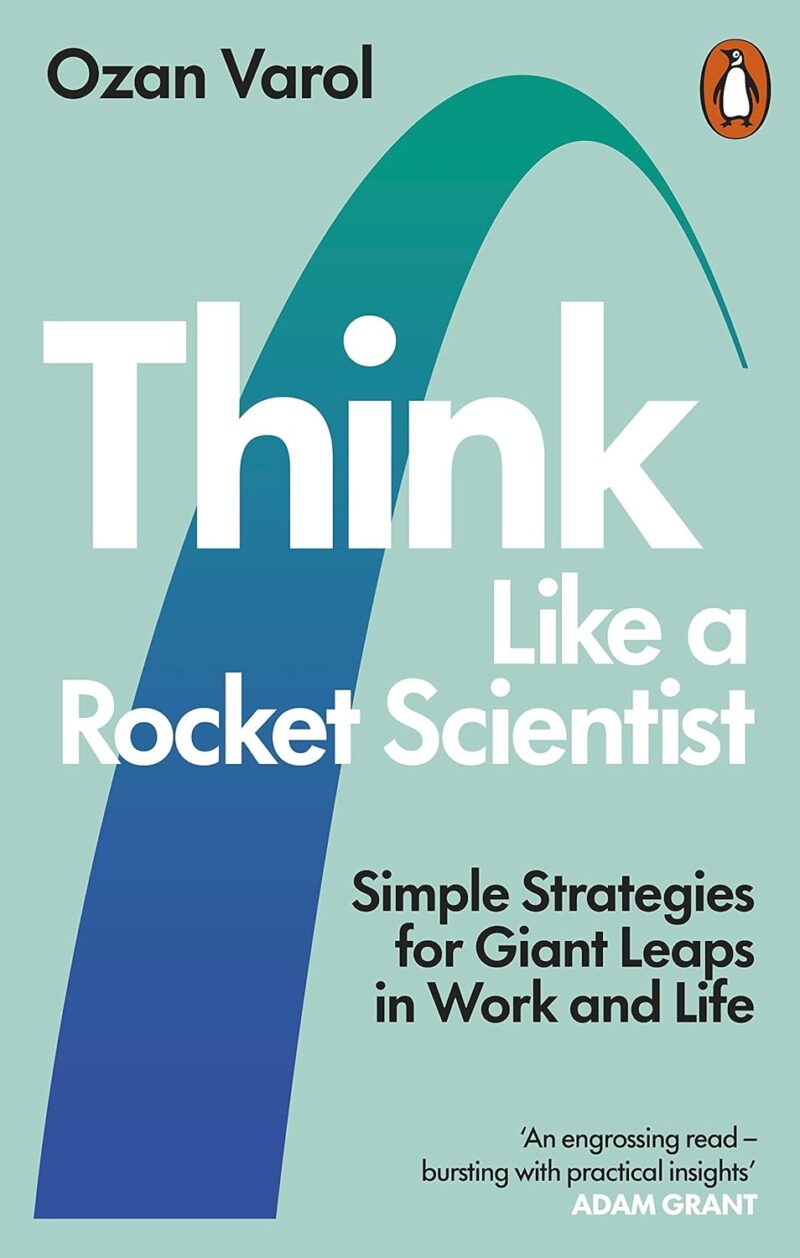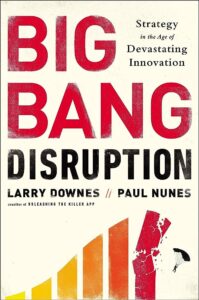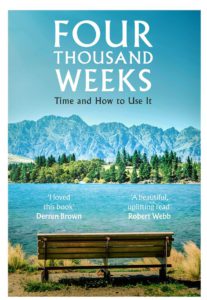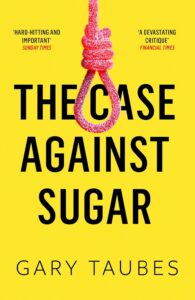Unlocking Genius: A Deep Dive into Ozan Varol's 'Think Like a Rocket Scientist
"Think Like a Rocket Scientist" by Ozan Varol offers insights into problem-solving using rocket science principles, emphasizing curiosity, reframing questions, and innovative thinking.
Subjects: critical thinking
In the vast expanse of literature that seeks to inspire, guide, and enlighten, Ozan Varol’s “Think Like a Rocket Scientist” stands out as a beacon of originality. The book is not just a guide to thinking, but an invitation to approach problems with the same curiosity, rigor, and imagination as a rocket scientist.
Varol’s writing is both insightful and engaging, drawing the reader into a world where the complexities of rocket science are made accessible and relevant to everyday challenges. The book is filled with anecdotes, real-life examples, and thought experiments that not only illustrate the principles being discussed but also challenge the reader to apply them in their own lives.
One of the most compelling sections of the book delves into the importance of reframing our questions. Varol writes, “In this chapter, we’ll explore how to resist the initial framing of our questions and discover the importance of finding—rather than solving—the right problem.” He goes on to share the strategy that Amazon used to create its most profitable division and the two seemingly simple questions that salvaged the Mars Exploration Rovers mission. This chapter underscores the significance of not just seeking answers, but ensuring we’re asking the right questions in the first place.
A particularly intriguing anecdote shared by Varol is the innovative method Tim Ferriss employed to select the title for his now-iconic book, “The 4-Hour Workweek“. Instead of relying on gut instinct or traditional market research, Ferriss turned to Google AdWords. He purchased domain names for several potential book titles and set up an AdWords campaign for each. When users typed in keywords related to the book’s content, an ad would appear with one of the potential book titles, directing them to a dummy webpage for a book that, at the time, didn’t exist. By monitoring the click-through rates for each title, Ferriss was able to gauge their relative popularity. Within a week, “The 4-Hour Workweek” emerged as the clear winner, attracting significantly more attention than the other contenders. This data-driven approach not only ensured the book’s title resonated with potential readers but also showcased the power of unconventional thinking and the value of real-world experimentation.
Varol’s approach to problem-solving is reminiscent of a scene from “Alice’s Adventures in Wonderland”, where the King of Hearts, acting as a judge, suggests the jury consider their verdict before the evidence is presented. This whimsical analogy serves as a powerful reminder of the pitfalls of jumping to conclusions without thorough examination.
Think Like a Rocket Scientist concludes with a powerful call to action, urging readers to contribute their unique verse to the world’s story. Varol writes, “The powerful play goes on, to quote Whitman again, and you may contribute a verse. A new verse. Even a whole new story. Your story. What will it say?”
Throughout “Think Like a Rocket Scientist“, Varol seamlessly weaves together stories from the world of rocket science with practical insights and strategies that readers can apply in their personal and professional lives. The book is not just a guide to thinking differently but a manifesto for living with greater curiosity, creativity, and courage.
In conclusion, “Think Like a Rocket Scientist” by Ozan Varol is a masterclass in critical thinking, creativity, and problem-solving.
#OzanVarol #RocketScientist #CriticalThinking #Problem-solving #Innovation #ReframingQuestions #Curiosity #Creativity #Breakthroughs #MoonshotThinking




